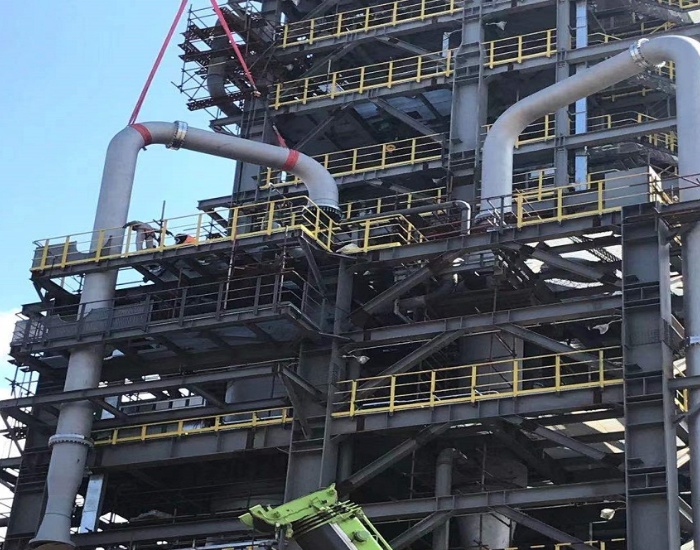A French drain is a valuable addition to any landscape, redirecting water and protecting foundations from potential damage. Prefabricated pipes take the convenience of a French drain one step further by simplifying the assembly process. Pipe prefabrication involves assembling or preparing certain components of the pipe system in advance to speed up installation, improve consistency, and reduce errors. This guide will walk you through how to install a prefabricated French drain with an emphasis on pipe prefabrication.
1. Understand Pipe Prefabrication
Before beginning the installation, it is essential to understand what pipe prefabrication entails:
Definition: Pipe prefabrication refers to the pre-assembly of pipe sections or systems in a controlled environment, rather than at the installation site. This means that sections of the French drain pipe come pre-perforated, surrounded by a filter fabric, and sometimes pre-wrapped with gravel.
Advantages: Prefabricated pipes reduce the need for on-site customization and labor, increase consistency in quality, and save time during installation. This method also minimizes installation errors by providing pre-assembled components that fit together seamlessly.

2. Choose the Right Prefabricated Pipe
Selecting the right prefabricated pipe for your French drain is crucial:
Perforated vs. Solid: Make sure to use perforated prefabricated pipes that allow water to enter and flow through the system efficiently.
Diameter and Material: Common materials include PVC or corrugated plastic pipes. Choose the right diameter (typically 4 to 6 inches) based on the anticipated water volume and drainage requirements.
Pre-wrapped Options: Some prefabricated pipes come with built-in fabric filters to prevent soil and debris from clogging the pipe, adding to their effectiveness and convenience.
3. Prepare the Trench for Prefabricated Pipe Installation
Setting up the trench properly is key for a successful installation:
Measure and mark: Outline the path for the trench using marking paint or stakes, ensuring it slopes at least 1% for optimal water flow.
Dig the trench: Dig a trench that is 12 to 18 inches wide and 18 to 24 inches deep. The depth will depend on the volume of water that needs to be managed.
Create the base: Lay a 2 to 3-inch layer of washed gravel along the bottom of the trench. This helps support the prefabricated pipe and facilitates better water flow.
4. Assemble and Place the Prefabricated Pipe
Prefabricated pipes make this step simpler and quicker:
Pre-assemble additional sections: If your system requires more than one section, join prefabricated pipes together according to the manufacturer’s specifications. Prefabrication means sections often come with snap-on connections or couplings that streamline assembly.
Lay the pipe in the trench: Place the prefabricated pipe on the gravel bed, ensuring that the perforated side faces downward to collect water effectively.
Maintain slope: Check the slope of the pipe with a level to make sure it remains consistent throughout the trench.
5. Secure and Cover the Prefabricated Pipe
Properly securing the prefabricated pipe ensures its longevity and effectiveness:
Add additional gravel: Cover the pipe with 2 to 3 inches of washed gravel, which allows water to filter through and enter the pipe.
Wrap with geotextile fabric: If your prefabricated pipe does not come with built-in filter fabric, wrap the gravel and pipe with geotextile fabric to prevent soil from infiltrating the system.
Backfill the trench: Place the excavated soil over the gravel layer, compacting it gently to secure the drain. Leave a small mound of soil to accommodate settling over time.
6. Test and Finalize the System
Testing the system before sealing everything ensures proper functionality:
Simulate water flow: Run water through the trench to see if it flows smoothly to the designated exit point. Check for any areas where water may be pooling or where the slope needs adjustment.
Seal any connections: Confirm that any connections between prefabricated pipe sections are tightly sealed to prevent leaks or misalignment.
Installing a prefabricated French drain with pipe prefabrication can be a game changer for homeowners and contractors alike, simplifying the process while ensuring high-quality results. By understanding pipe prefabrication, choosing the right materials, and following clear preparation and installation steps, you can effectively manage water flow on your property. This will protect your landscape and foundation, giving you peace of mind during heavy rains.

